
A wide variety of plastics has been used more in car manufacturing. This transformation has practical, efficient, and ecologically beneficial goals. Plastic parts are now vital to modern car design. They are used in the bumpers, dashboards, and under-the-hood electronics. Their strength, formability, and light weight make them ideal materials for a car. This article explores the common plastic materials for a car. Besides this, we will master their benefits, applications, and manufacturing processes.
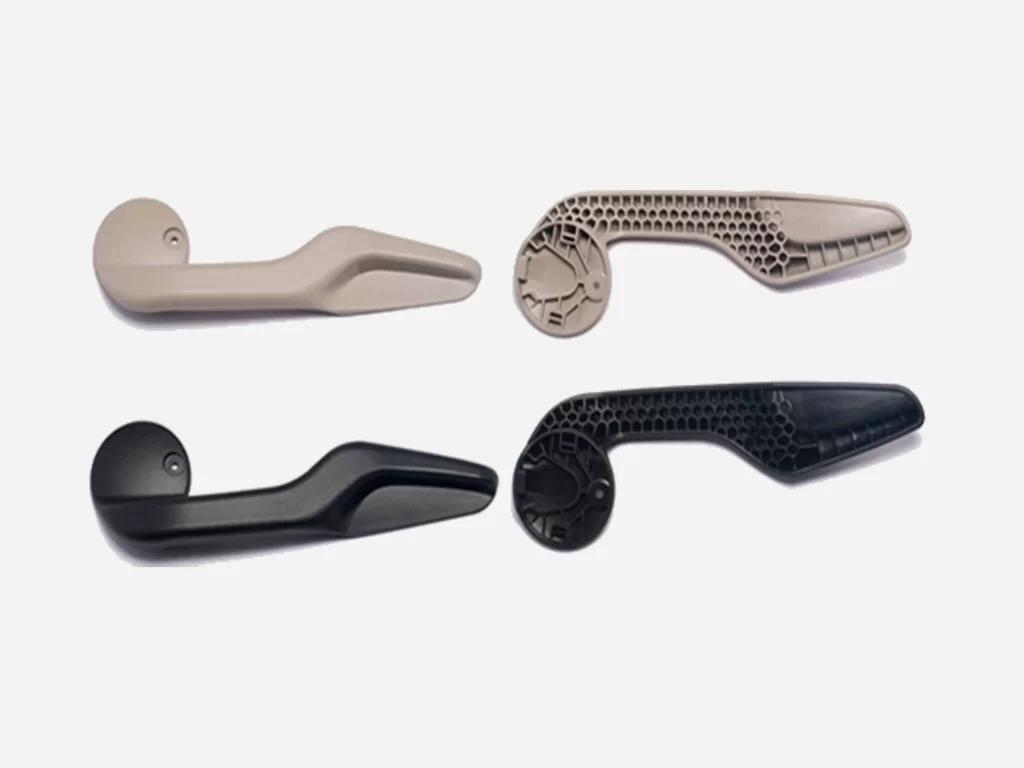
Plastic parts for cars
Importance of Plastic Components in Cars?
Plastic has changed the car business forever because of its endless versatility. It reduces the vehicle’s weight, absorbs energy, and supports complex designs. Energy absorption is critical for safety. Vehicle parts, like the engine, exterior, and interior, are made from plastics. They are durable and resistant to corrosion.
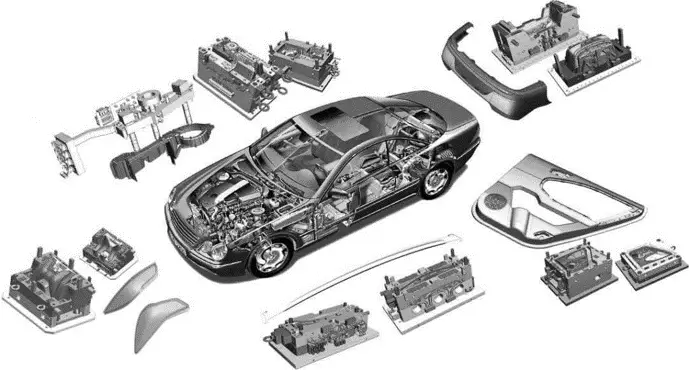
Automotive plastic components
Try Prolean Now!
Advantages of Automotive Plastic Parts
Let’s see some of the best advantages of using automotive plastic parts.
Durability: Plastics are very resilient and long-lasting. They maintain durability by being shielded from the damaging impact caused by corrosion and wear. Plastics improve crash safety because they absorb and disperse impact energy. This is true across the board, from bumpers to interior components.
Plastics are more cost-effective than metals. They can be manufactured at low cost and can be replaced easily. Overall, Plastics provide cost-effective, high-quality car components.
Lightweight: Plastics may greatly decrease a vehicle’s weight. This drop has improved fuel efficiency, allowing cars to travel farther on a single tank.
Design Versatility: Plastics make it easy to develop complex shapes and custom designs. Plastic’s malleability allows smooth, modern, aerodynamic shapes. Automotive plastic is used by designers to make useful, attractive car parts.
Low Corrosion Resistance: Plastic components in cars have an extended lifespan and are resilient to corrosion. Corrosion is avoided by plastics. Therefore, the components of a car will last for many years. Including everything from the engine to the inside, this covers everything. The car becomes rougher due to corrosion resistance.

Automotive plastic advantages
Applications of Automotive Plastic Parts in Cars
The many plastic components that are used in autos serve a variety of functions. Some common ones are as follows:
For interior parts like dashboards, seat frames, and embellishments, automakers often use ABS or polypropylene. These materials are both malleable and sturdy enough to withstand everyday usage.
Bumpers, grilles, and fenders are often made of lightweight and impact-resistant polypropylene (PP) or acrylonitrile butadiene styrene (ABS).
Engine covers, air intake manifolds, and other parts are often constructed from polyamides (PPS) and nylon due to their exceptional resistance to chemicals and heat.
Advances in materials research and ecological manufacturing promise well for car plastic components. Manufacturers are using recycled plastics to reduce their environmental effects. Due to advances in plastic machining and 3D printing, more detailed designs are feasible, enabling more fuel-efficient and lightweight cars.
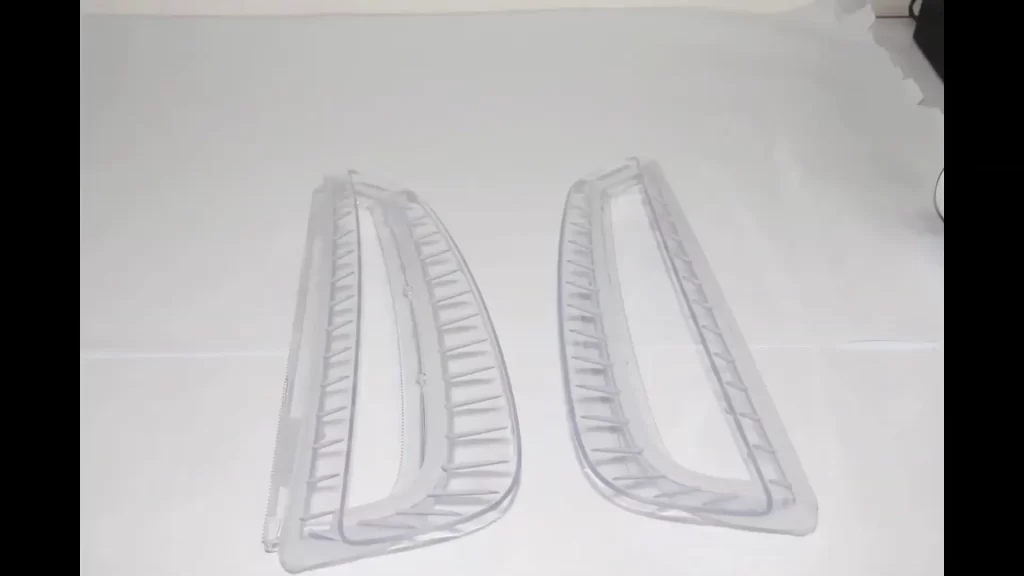
Automotive plastic applications
Popular Automotive Plastics Materials in Automotive Industry
Automotive Plastics day by day improves fuel economy, safety, and aesthetics due to its weightless, reliable, and versatile features. When selecting the automotive plastic materials for a car, it’s necessary to create a balance of effectiveness, cost, and ease of production.
Acrylonitrile Butadiene Styrene (ABS):
Acrylonitrile Butadiene Styrene (ABS) is a well-known thermoplastic. It is an industrial plastic known for its adaptability in automotive body parts. It is used in many interior and exterior components, like dashboards, bumpers, and wheel covers. This material is easy to grind, turn, drill, and machine. Its excellent endurance, reliability, durability against impacts, and moldability make it ideal for CNC machining. ABS adds to the longevity and elegance of several car parts. Injection molding is also a common method for creating ABS shapes.
Vinyl Chloride Polymer (PVC):
PVC is very good for its robustness and is used in a variety of automobile components. It is used as a cable insulator, interior panel, and floor covering because of its durability and fire resistance.
Polyamide (Nylon):
Nylon is a polyamide thermoplastic. It’s a stiff, heat-resistant, and resilient material. It helps to strengthen important parts. Nylon is suitable for vehicle gears and bearings due to its low friction. It is durable and can withstand high temperatures.
Polystyrene (PS):
Polystyrene (PS) is a cheap, lightweight, and adaptable polymer. Car interiors typically feature it. Both its affordability and its versatility make it a desirable material. As a consequence, you’ll notice it a lot in dashboards and door panels.
Polycarbonate (PC):
PC is recognized for its transparency, lightweight, and impact resistance features. It also resists melting at extreme temperatures. Additionally, polycarbonates emit UV light. Moreover, it is often used in vehicle lighting, such as headlights and tail lights.
Polyethylene (PE):
PE tends to be lightweight, versatile, and anti-corrosive, which makes it a good choice for components such as cable insulation and fuel tanks.
Polymethyl:
Acrylic, a transparent thermoplastic homopolymer, is clear and scratch-proof. Though transparent, it may be carefully carved into many forms. Moreover, it is more robust and inexpensive.
Polyurethane (PU):
PU materials excel in noise reduction, durability, and comfort. This is why this polymer is commonly found in interiors—from dashboards to seat cushions. This is due to its seals and insulating properties.
Polypropylene (PP):
Polypropylene is ideal for interior and under-hood components. It is adaptable and heat-resistant. Most dashboards are made of polyvinyl chloride. Its corrosion resistance, rigidity, and weight-reduction make it essential in automotive applications. Also, its flame resistance makes it popular.
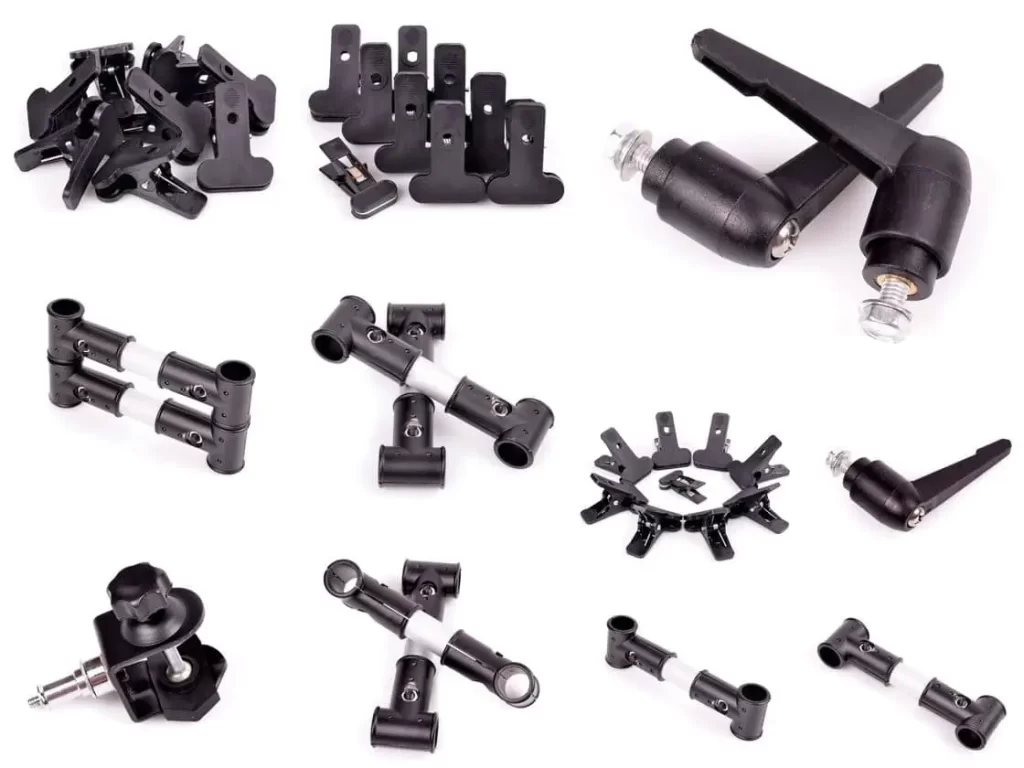
Automotive plastic parts
Try Prolean Now!
Production Methods for Plastic Automotive Components
There are a lot of manufacturing procedures that are required to mold and refine plastic components for different autos. Process selection is often driven by material properties and desired product features.
Injection Molding: Injection molding is the method of choice when precision and intricacy are of the utmost importance. The manufacturing of ABS and polypropylene parts often makes use of this technique. Please take a closer look at the injection molding of ABS.
Plastic Extrusion: Products like tubing and trim are often made by heating plastic and forcing it through a die to create a long, continuous shape; this process is called plastic extrusion.
Metalworking: From time to time, plastic components may need polishing or complex cutting. Accuracy is achieved with the use of techniques like acrylic machining and PVC machining.
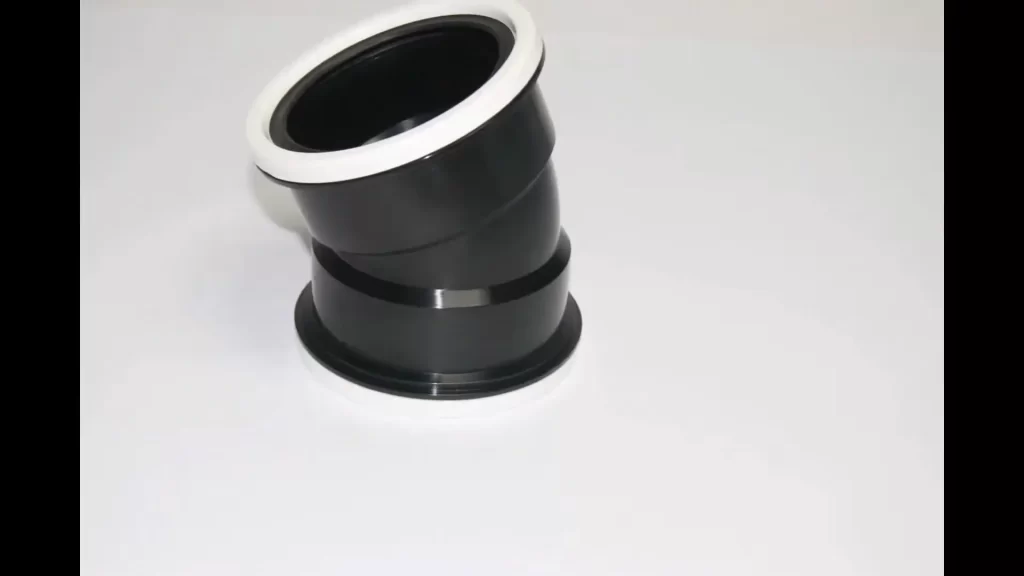
Automotive plastic
Final Thought
Modern automobiles increasingly rely on automotive polymers. It is due to adaptability, cost-effectiveness, and reliability. Plastic parts enhance the fuel efficiency of the automotive industry. Modern practices like PVC machining, ABS injection molding, and plastic extrusion are central to this evolution.

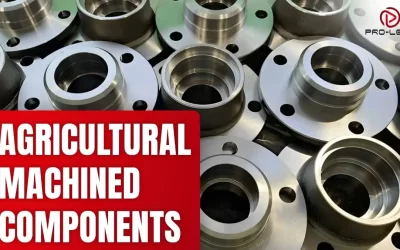
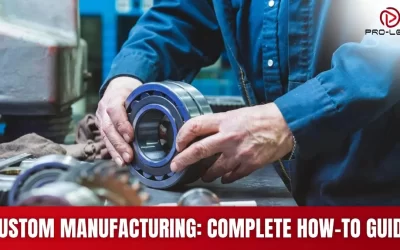
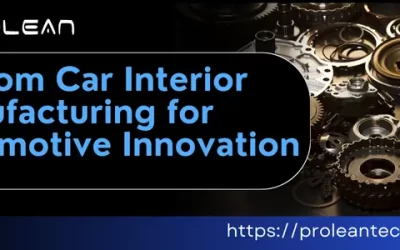
0 Comments